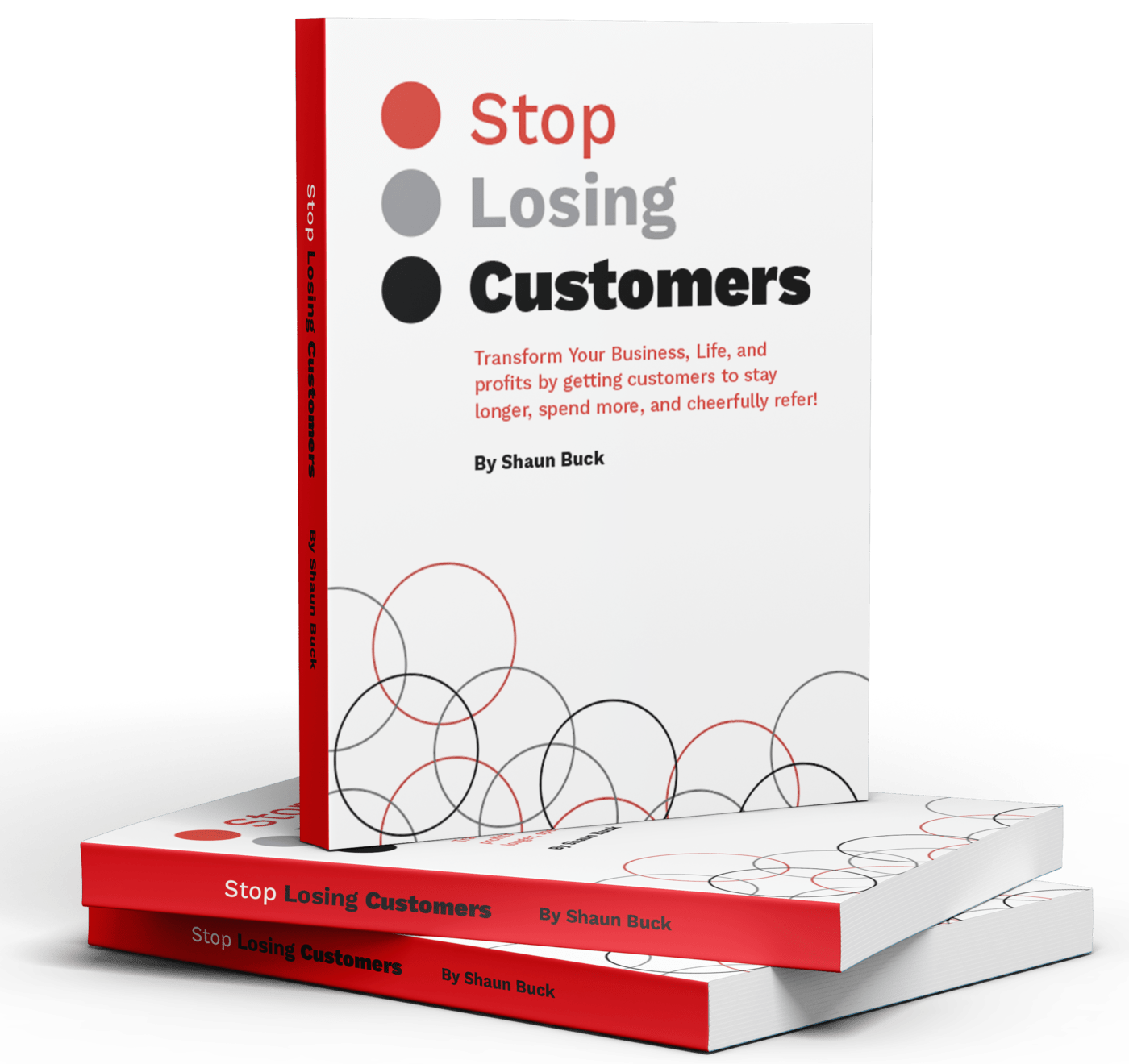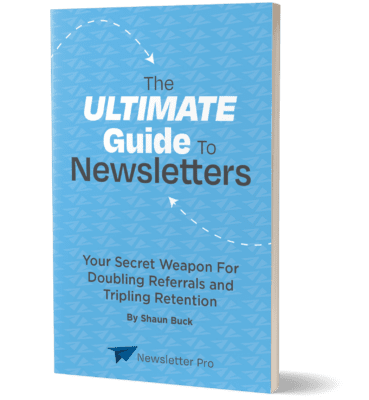To truly grasp how your email newsletter campaigns are performing, it’s crucial to focus on specific metrics. These metrics offer insights into how your audience interacts with your emails, providing a window into the effectiveness of your marketing efforts and guiding you on necessary adjustments for improvement.
Open Rates
The open rate is the bedrock of email success metrics, indicating the percentage of recipients who opened your email compared to the total number delivered. A robust open rate suggests that your subject line and sender name are compelling enough to pique recipients’ interest.
Importance of Subject Lines
Subject lines are your first impression. Crafting a captivating subject line can significantly boost your open rates by making your email stand out in a crowded inbox. Think of it as the headline to a story that beckons readers to delve deeper.
Personalization Strategies
Personalization goes beyond merely using a recipient’s name. It involves tailoring content to individual preferences and behaviors, which can dramatically increase open rates. Personalization makes recipients feel valued, thereby enhancing engagement.
Timing and Frequency
Finding the optimal send time is a game-changer for open rates. Experiment with different times and frequencies to discover when your audience is most active. The right timing can be the difference between an email that gets opened and one that gets overlooked.
Click-Through Rates (CTR)
Click-through rate is a pivotal metric that measures the percentage of recipients who clicked on one or more links in your email. It serves as a testament to the effectiveness of your content and call-to-action (CTA) in engaging your audience.
Designing Effective CTAs
A clear and compelling CTA is crucial for driving clicks. It should stand out visually and use persuasive language that nudges recipients towards taking action. A well-designed CTA is often the catalyst for conversions.
Audience Segmentation
Segmenting your audience allows for tailored messaging that resonates more deeply with specific groups. By understanding the unique needs and interests of each segment, you can create content that is more likely to engage and convert.
Format and Content Testing
Testing different formats and content variations can reveal what resonates best with your audience. Experiment with design elements, link placements, and messaging styles to optimize your emails for higher CTRs.

Conversion Metrics
Conversion metrics are the linchpin in understanding how well your email campaigns drive desired actions, such as purchases, sign-ups, or downloads. They offer a direct look at the effectiveness of your campaigns in achieving business goals.
Conversion Rate
The conversion rate measures the percentage of email recipients who completed a desired action after clicking through your email. This metric is critical in evaluating the overall success of your email campaigns.
Aligning Email and Landing Page Content
Consistency between your email and landing page content is paramount. Discrepancies can lead to confusion and drop-offs. Ensure a seamless transition from email to landing page to maintain momentum and drive conversions.
Streamlining the Conversion Process
A simplified conversion process removes friction and increases the likelihood of completion. Clear instructions, minimal steps, and user-friendly design are key components of a frictionless conversion path.
A/B Testing for Optimization
A/B testing different elements of your emails can provide insights into what works best. By experimenting with subject lines, layouts, and CTAs, you can identify the most effective strategies for boosting conversion rates.
Return on Investment (ROI)
ROI measures the revenue generated from your email campaigns compared to the cost of running them. It’s a pivotal metric for assessing the financial success of your email marketing efforts.
Understanding ROI Calculation
Calculating ROI involves more than just a simple equation. Consider all campaign costs, including design, software, and manpower, to get an accurate measure of profitability. This comprehensive view ensures you’re maximizing your marketing budget.
Strategies to Enhance ROI
Improving ROI requires strategic planning and execution. Focus on high-impact initiatives, such as personalization and segmentation, to increase revenue without proportionally increasing costs. Efficiency is key to boosting ROI.
Long-term ROI Considerations
While immediate ROI is important, consider the long-term value of each subscriber. Building relationships through consistent and valuable communication can lead to sustained revenue growth over time.
Engagement Metrics
Engagement metrics provide a deeper understanding of how your audience interacts with your emails beyond clicks and conversions. They offer insights into the overall health of your email list and the strength of your content.
Bounce Rate
The bounce rate indicates the percentage of emails that were not delivered successfully. A high bounce rate can negatively impact your sender reputation and email deliverability.
Causes and Types of Bounces
Understanding the difference between hard and soft bounces is crucial. Hard bounces are permanent delivery failures, while soft bounces are temporary. Identifying and addressing these issues can improve delivery rates.
Maintaining List Hygiene
Regularly updating your email list is essential for reducing bounce rates. Remove invalid or inactive addresses and use double opt-in processes to ensure the accuracy of your list. A clean list is vital for successful campaigns.
Monitoring Bounce Rate Trends
Keep an eye on bounce rate trends over time. Sudden spikes may indicate issues with your email content or delivery methods. Regular monitoring allows for prompt action to resolve potential problems.
Unsubscribe Rate
The unsubscribe rate shows the percentage of recipients who opted out of your email list after receiving a campaign. While some unsubscribes are inevitable, a high rate might indicate problems with your content or frequency.
Analyzing Unsubscribe Feedback
Feedback from unsubscribes can provide valuable insights. Understanding why recipients are opting out can help you adjust your content and frequency to better meet audience needs.
Content Value and Expectations
Ensuring your emails offer value is critical to retaining subscribers. Align your content with audience expectations and consistently deliver high-quality, relevant information to keep them engaged.
Adjusting Email Frequency
Finding the right email frequency is a balancing act. Too many emails can overwhelm subscribers, while too few can lead to disengagement. Test different frequencies to determine what works best for your audience.

Advanced Metrics for In-Depth Analysis
For more comprehensive insights, consider tracking advanced metrics that provide a deeper understanding of your email campaigns. These metrics can reveal nuanced aspects of audience engagement and campaign effectiveness.
Email Sharing/Forwarding Rate
This metric measures how often recipients share or forward your emails to others. A high sharing rate indicates that your content resonates with your audience and extends your reach.
Encouraging Sharing and Referrals
Incorporate social sharing buttons and referral incentives to encourage recipients to share your content. Engaging content naturally prompts sharing, but these tools can provide an extra push.
Analyzing Sharing Behavior
Understanding who shares your emails and why can offer insights into your most engaged audience segments. Analyze sharing patterns to refine your content strategy and enhance reach.
Leveraging User-Generated Content
Encourage users to share their own content related to your brand. User-generated content can boost credibility and foster a sense of community, further increasing sharing rates.
List Growth Rate
The list growth rate measures how fast your email list is growing. It’s important to track this metric to ensure your audience base is expanding and replenishing any unsubscribes.
Strategies for List Building
Effective list-building strategies include offering valuable content, running promotions, and using social media to reach new audiences. A diverse approach ensures steady list growth.
Monitoring Growth Trends
Regularly review list growth trends to identify successful tactics and potential areas for improvement. Understanding these trends helps you adapt your strategy to maximize growth.
Quality vs. Quantity
While growing your list is important, prioritize quality over quantity. Engaged subscribers are more valuable than a large, uninterested audience. Focus on attracting and retaining those who are genuinely interested in your content.
Putting It All Together
To effectively measure the success of your email newsletter campaigns, it’s crucial to track and analyze a combination of these metrics. By understanding how each metric contributes to your overall goals, you can make informed decisions to optimize your email marketing strategy.
Comprehensive Performance Reviews
Regularly review your email performance by analyzing all relevant metrics. Comprehensive reviews help you identify strengths, weaknesses, and opportunities for improvement in your campaigns.
Experimentation and Adaptation
Experiment with different tactics and be prepared to adapt based on your findings. The digital landscape is constantly evolving, and staying flexible allows you to stay ahead of the curve.
Data-Driven Decision Making
Leverage data-driven insights to refine your approach. By basing decisions on solid data, you can enhance your campaigns, engage your audience more effectively, and achieve better results. A strategic, metrics-focused approach will transform your email marketing into a powerful tool for success.
Contact Newsletter Pro for Quality Newsletters
Ready to elevate your email marketing game? Contact Newsletter Pro today for expertly crafted newsletters that engage your audience and drive results. Our team specializes in creating personalized, high-quality content tailored to your brand’s unique voice and goals. Don’t miss out on the opportunity to enhance your email campaigns—reach out to us now!






